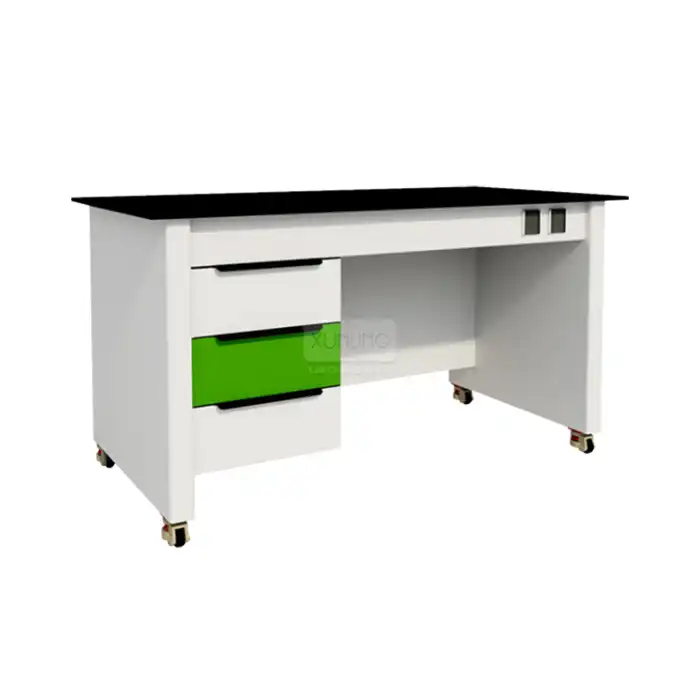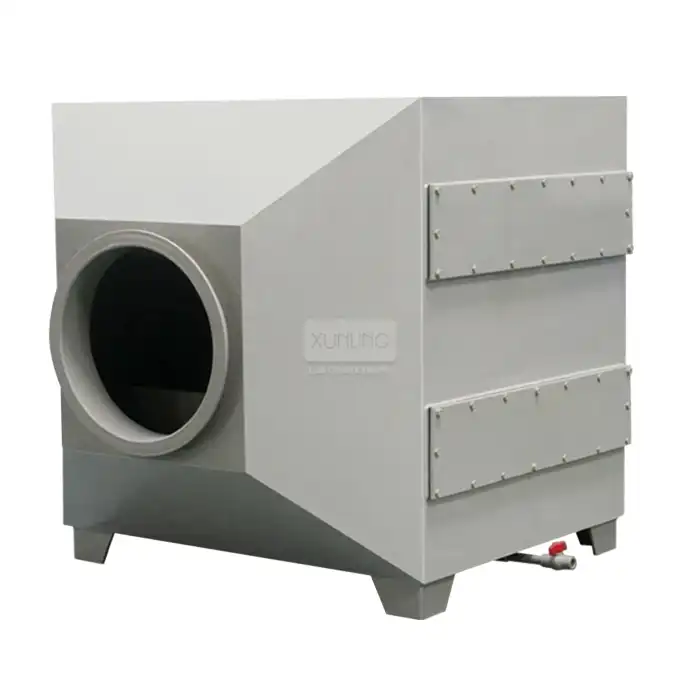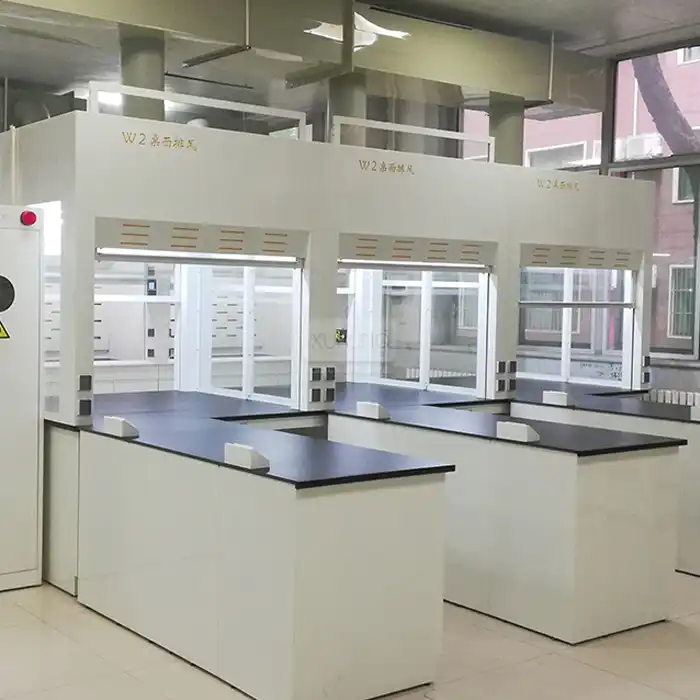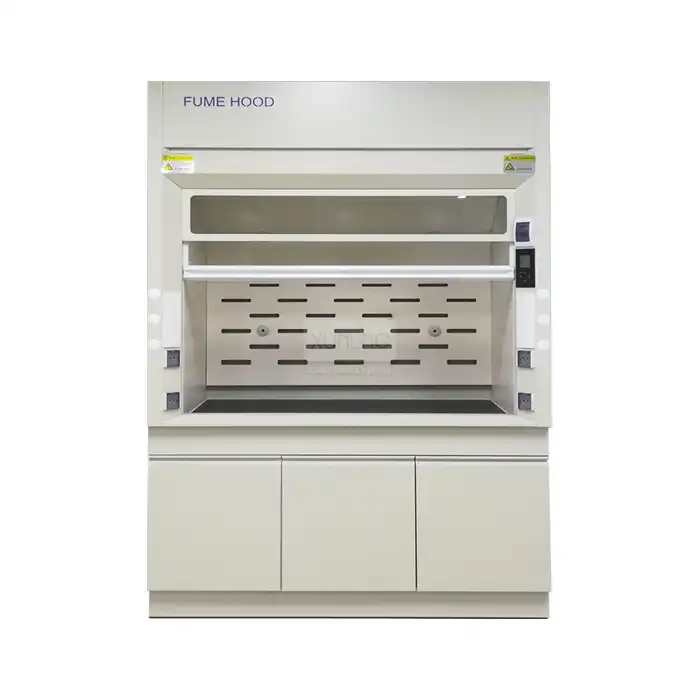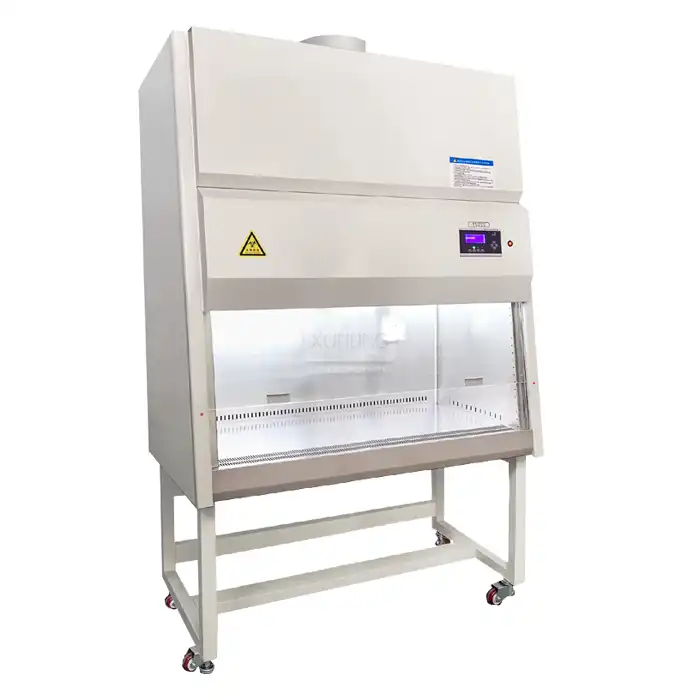
Top 5 Walk In Fume Hood Features Every Lab Needs
2025-10-09 09:00:02
Laboratory safety and efficiency have never been more critical than in today's advanced research environment. Walk In Fume Hoods represent the pinnacle of laboratory ventilation technology, offering spacious working areas and comprehensive protection for complex experiments. These essential safety systems combine generous workspace capacity with advanced airflow control, making them indispensable for laboratories handling large-scale operations. The most crucial Walk In Fume Hood features include superior ventilation systems, customizable workspace configurations, enhanced safety mechanisms, flexible accessibility options, and intelligent control interfaces. Understanding these essential characteristics ensures laboratories can make informed decisions when selecting ventilation solutions that protect researchers while maximizing operational efficiency.
Essential Design Features for Maximum Laboratory Safety
Advanced Airflow Control Systems
Walk In Fume Hood designs prioritize sophisticated ventilation technology that ensures optimal air circulation throughout the workspace. Modern units incorporate intelligent airflow monitors that continuously assess air movement patterns, automatically adjusting fan speeds to maintain consistent face velocities. These systems typically feature variable air volume controls that respond to sash position changes, ensuring energy efficiency while maintaining safety standards. The ventilation design includes strategically positioned baffles that create uniform air distribution, preventing dead zones where hazardous vapors might accumulate. Premium models integrate bypass air mechanisms that maintain stable airflow even when sashes are closed, preventing pressure fluctuations that could compromise containment effectiveness. Digital monitoring systems provide real-time feedback on airflow performance, alerting operators to any deviations from optimal operating parameters.
Multi-Zone Safety Alert Systems
Contemporary Walk In Fume Hood installations incorporate comprehensive safety monitoring that extends beyond basic airflow measurement. These systems feature multiple sensor arrays that detect chemical vapors, monitor temperature variations, and assess air quality parameters throughout the workspace. Advanced models include emergency shutdown capabilities that automatically activate when unsafe conditions are detected, immediately isolating the workspace from laboratory areas. Visual and audible alarm systems provide immediate notification of safety concerns, with different alert patterns indicating specific types of hazards. Integration with laboratory management systems allows for remote monitoring and automated documentation of safety incidents. Emergency response protocols can be programmed into the control systems, ensuring rapid response to potential exposure situations.
Fail-Safe Protection Mechanisms
Walk In Fume Hood safety features include redundant protection systems that maintain containment even during equipment failures. Backup power systems ensure continued ventilation during electrical outages, while mechanical fail-safes prevent sash collapse in case of counterweight system failure. Emergency ventilation modes activate automatically when primary systems experience malfunctions, maintaining minimum safe airflow rates until repairs can be completed. Fire suppression integration allows these units to interface with laboratory fire protection systems, providing coordinated emergency response capabilities. Regular self-diagnostic routines verify system integrity, identifying potential issues before they compromise safety performance.
Workspace Customization and Flexibility Options
Modular Interior Configuration
Walk In Fume Hood designs accommodate diverse laboratory requirements through flexible interior arrangements that can be modified based on specific research needs. Modular shelving systems allow researchers to create custom storage solutions for equipment and materials, with adjustable heights to accommodate various apparatus sizes. Work surface configurations can be tailored to support specific experimental procedures, from simple flat surfaces to complex multi-level arrangements with integrated utility connections. Removable panels and adjustable partitions enable laboratories to reconfigure workspace layouts as research focus changes over time. Specialized mounting systems accommodate heavy equipment while maintaining structural integrity and airflow patterns.
Multi-User Workspace Design
These spacious enclosures facilitate collaborative research by providing adequate space for multiple researchers to work simultaneously without compromising safety or efficiency. Ergonomic considerations include multiple access points that allow researchers to enter and exit without disrupting ongoing experiments. Lighting systems are designed to provide uniform illumination across the entire workspace, eliminating shadows that might interfere with precision work. Communication systems can be integrated to maintain contact between researchers working inside the hood and laboratory personnel outside. Workflow optimization features include designated areas for different experimental phases, reducing the need to move materials in and out of the protected environment.
Equipment Integration Capabilities
Walk In Fume Hood installations support complex experimental setups by providing robust infrastructure for various laboratory instruments and apparatus. Heavy-duty flooring systems can support substantial equipment loads while maintaining vibration isolation for sensitive instruments. Utility integration includes multiple electrical outlets, gas connections, and water supplies positioned strategically throughout the workspace. Cable management systems keep electrical and data connections organized while maintaining unobstructed airflow patterns. Specialized mounting systems accommodate unique equipment configurations without compromising the structural integrity of the containment system.
Advanced Control and Monitoring Technologies
Intelligent Digital Control Interfaces
Modern Walk In Fume Hood systems feature sophisticated control panels that provide intuitive operation and comprehensive system monitoring. Digital displays present real-time information about airflow rates, energy consumption, and system status, allowing operators to optimize performance for specific applications. Programmable controls enable laboratories to establish different operating modes for various experimental procedures, automatically adjusting parameters based on predetermined settings. Remote monitoring capabilities allow facility managers to oversee multiple units from central locations, streamlining maintenance schedules and ensuring consistent performance across laboratory facilities. Data logging functions maintain detailed records of system operation, supporting regulatory compliance and performance optimization efforts.
Automated System Optimization
Walk In Fume Hood technology incorporates learning algorithms that analyze usage patterns and automatically optimize energy consumption while maintaining safety standards. Predictive maintenance features monitor component performance and alert operators to potential issues before they result in system failures. Seasonal adjustment capabilities modify operating parameters based on ambient conditions, ensuring consistent performance throughout the year. Integration with building management systems enables coordinated operation with HVAC systems, optimizing overall laboratory environmental conditions while minimizing energy consumption.
User-Friendly Operation Features
Streamlined control interfaces minimize training requirements while providing comprehensive system functionality. Voice-activated controls can be integrated for hands-free operation, particularly valuable when researchers are wearing protective equipment. Customizable user profiles allow individual researchers to save preferred settings for specific experimental procedures. Emergency override systems provide immediate access to critical safety functions regardless of normal operating mode. Status indicator systems provide clear visual feedback about system readiness and safety conditions.
Conclusion
Walk In Fume Hoods represent essential infrastructure for modern laboratories requiring spacious, safe, and efficient ventilation solutions. The five critical features—advanced airflow control, comprehensive safety systems, flexible workspace design, equipment integration capabilities, and intelligent monitoring technology—work together to create protective environments that enhance research productivity while maintaining rigorous safety standards. These sophisticated systems support complex experimental procedures while providing the reliability and performance that modern research demands.
Xi'an Xunling Electronic Technology Co., Ltd. stands as a leading China Walk In Fume Hood manufacturer, delivering innovative solutions that meet the highest international standards. As a trusted China Walk In Fume Hood supplier, the company offers comprehensive OEM services with 5-day delivery, 5-year warranty, and complete customization options. Whether you're seeking a reliable China Walk In Fume Hood factory partner or exploring High Quality Walk In Fume Hood options, Xi'an Xunling provides cost-effective solutions tailored to your specific requirements. With over 1,100 employees and 21 service centers nationwide, this established China Walk In Fume Hood wholesale provider ensures rapid response and professional support. For competitive Walk In Fume Hood price information and Walk In Fume Hood for sale inquiries, contact our expert team at xalabfurniture@163.com to discover how our one-stop laboratory solutions can transform your research environment.
References
1. "Laboratory Ventilation Design and Operation Guidelines," American Industrial Hygiene Association, Industrial Ventilation Committee, 2019.
2. "Fume Hood Performance Standards and Testing Protocols," National Institute for Occupational Safety and Health, Division of Applied Research and Technology, 2018.
3. "Laboratory Safety Equipment: Design, Installation, and Maintenance," International Laboratory Safety Association, Technical Standards Committee, 2020.
4. "Advanced Laboratory Ventilation Systems: Engineering Principles and Applications," Society of Chemical Engineers, Environmental Safety Division, 2017.
YOU MAY LIKE







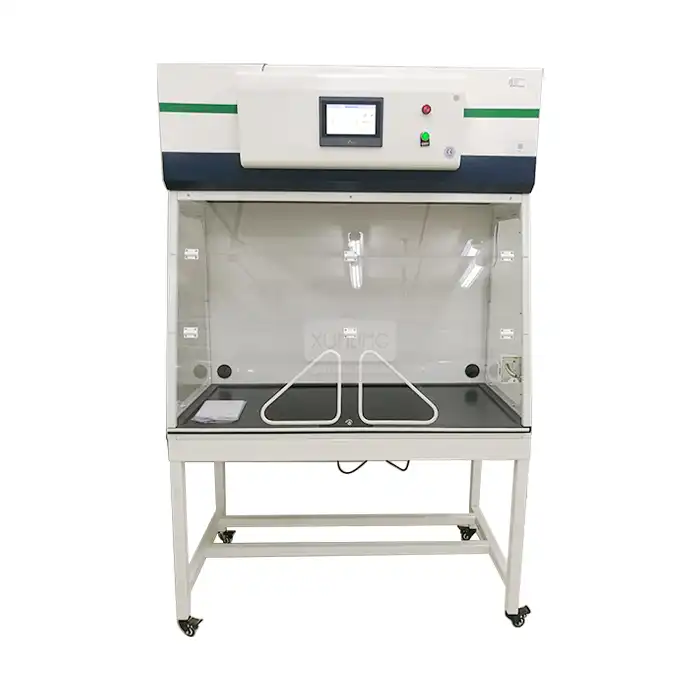
_1743672168871.webp)
